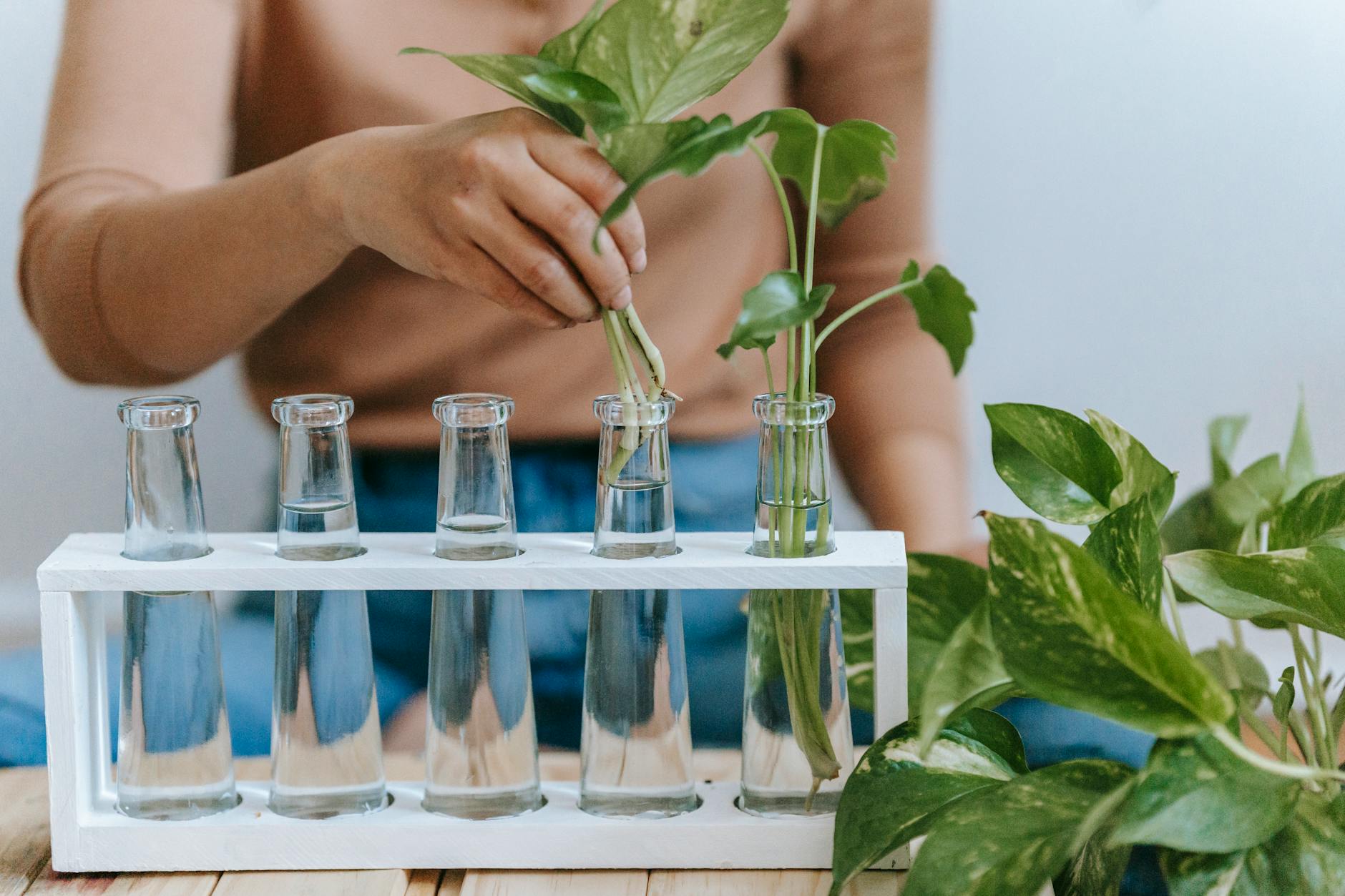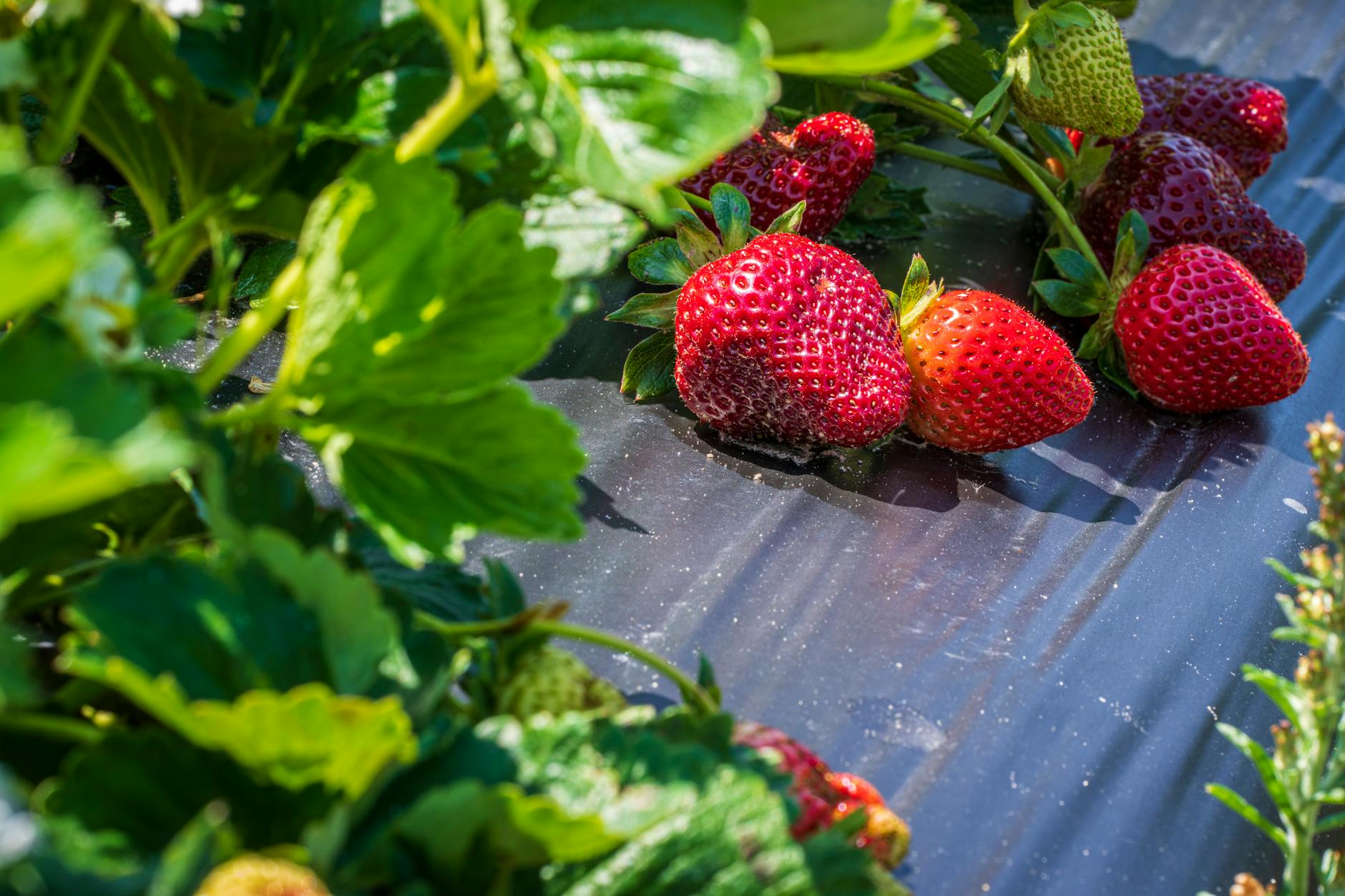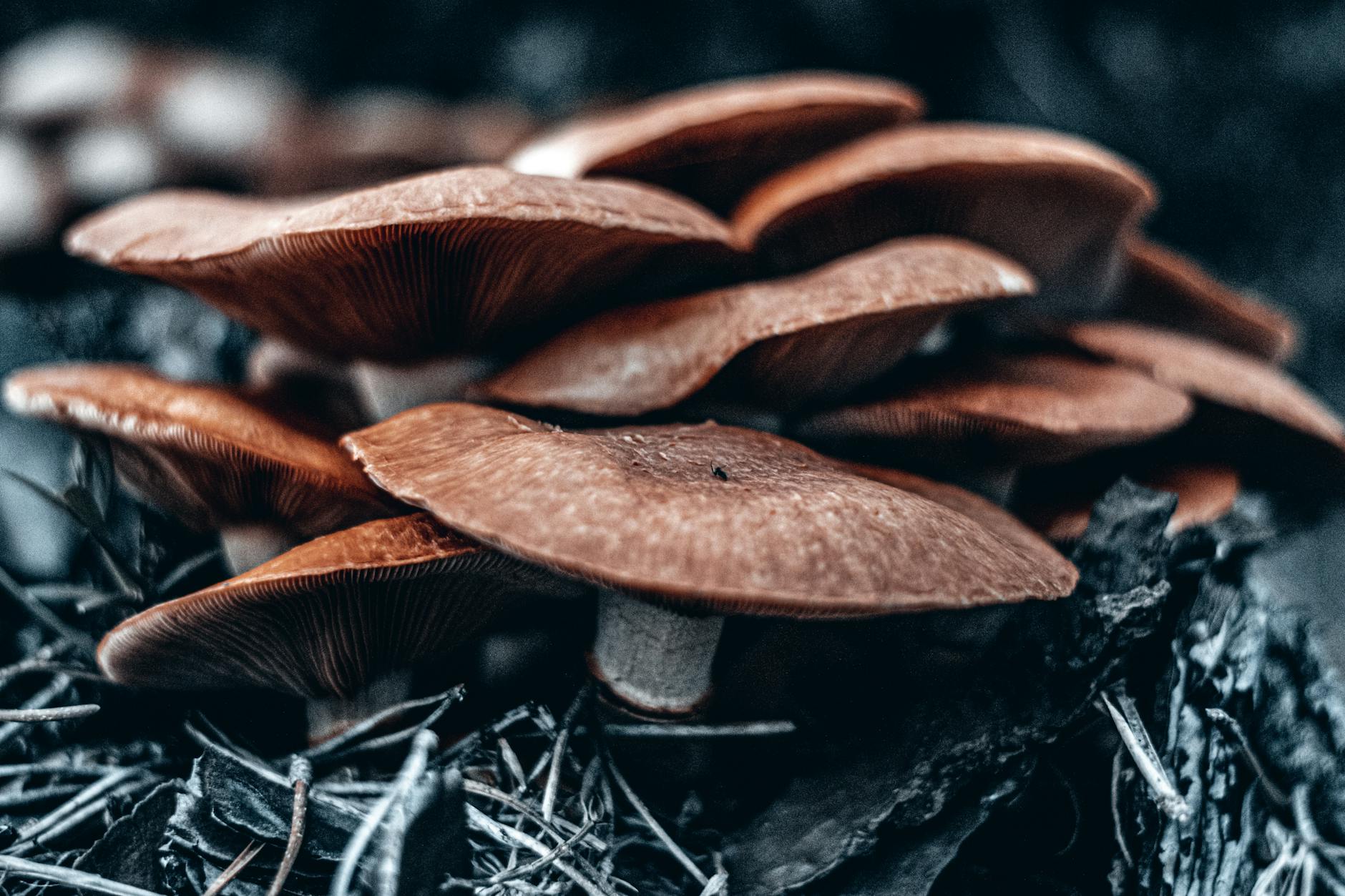Mushroom cultivation at home has gained popularity in recent years due to the growing interest in sustainable and cost-effective practices. With the right knowledge and a few basic tools, anyone can grow mushrooms in the comfort of their own home. This article will provide you with effortless tips for low-cost mushroom growing, helping you start your own mini mushroom farm right in your backyard or even inside your home.
Choosing the Right Mushroom Varieties
Before starting your mushroom cultivation journey, it’s crucial to choose the right mushroom varieties that are well-suited for home cultivation. Some of the most popular and easy-to-grow mushrooms for beginners include oyster mushrooms, shiitake mushrooms, and white button mushrooms. These varieties require minimal maintenance and can be grown using simple techniques, making them ideal for low-cost cultivation.
Setting Up a Growing Environment
Creating the optimal growing environment is essential for successful mushroom cultivation. Mushrooms thrive in dark, humid, and well-ventilated spaces. You can easily set up a growing area in a spare room, basement, garage, or even a closet. Use containers like plastic bins or grow bags filled with substrate material such as sawdust, straw, or coffee grounds to provide a suitable habitat for your mushrooms to grow.
Inoculation and Colonization
Once you have prepared your growing environment, the next step is inoculating your chosen substrate with mushroom spores or mycelium. You can purchase mushroom spawn or starter kits from your local garden center or online suppliers. Spread the spawn evenly throughout the substrate and allow it to colonize over several weeks. Make sure to maintain the right temperature and moisture levels to promote healthy growth.
Maintaining Proper Conditions
Consistent care and maintenance are essential for successful mushroom cultivation. Monitor the growing environment regularly to ensure that the humidity levels are adequate and that the temperature remains stable. Mist the growing area with water to maintain high humidity, but be careful not to oversaturate the substrate. Proper air circulation is also crucial to prevent mold growth and ensure healthy mushroom development.
Harvesting Your Mushrooms
After a few weeks of incubation and growth, your mushrooms will be ready for harvest. Depending on the variety, you can expect to see small pins or mushroom caps emerging from the substrate. Use a sharp knife or scissors to cut the mushrooms at the base when they are fully grown but before the caps start to flatten or open up. Harvest your mushrooms regularly to encourage continuous growth and production.
Enjoying the Fruits of Your Labor
Once you have harvested your homegrown mushrooms, it’s time to enjoy the fresh, flavorful produce. Use them in a variety of culinary dishes, such as sautés, stir-fries, soups, or salads. Homegrown mushrooms not only taste better than store-bought ones but also contain more nutrients and are free from harmful pesticides or additives.
In conclusion, low-cost mushroom growing can be a rewarding and fulfilling experience for home cultivators. By following these effortless tips and techniques, you can successfully grow your own supply of delicious mushrooms while saving money and reducing your environmental impact. Start your mushroom cultivation journey today and enjoy the satisfaction of harvesting your own organic produce right at home.


